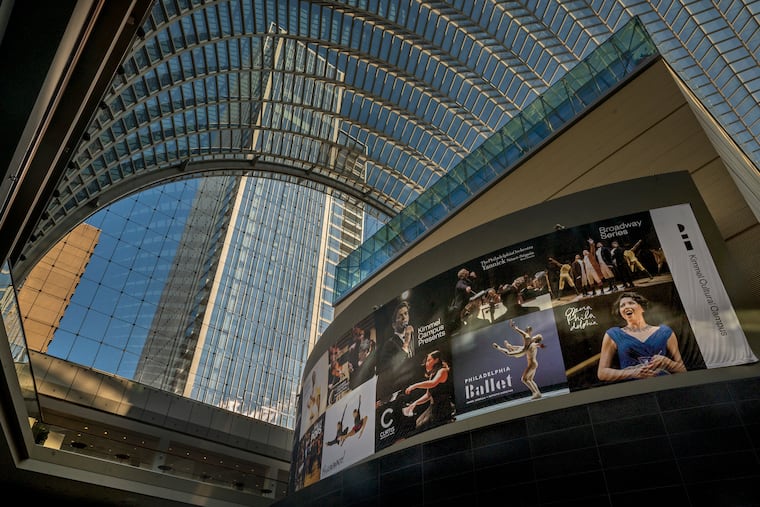The Avenue of the Arts was once ‘the epicenter of Philadelphia.’ Recent development hopes to bring that back.
The arts and residential district emerged during an earlier era of urban crisis. Now its boosters want to reboot.

The arts and residential district emerged during an earlier era of urban crisis. Now its boosters want to reboot.
